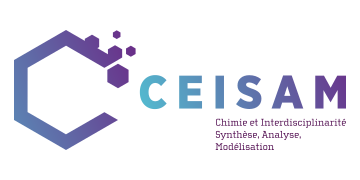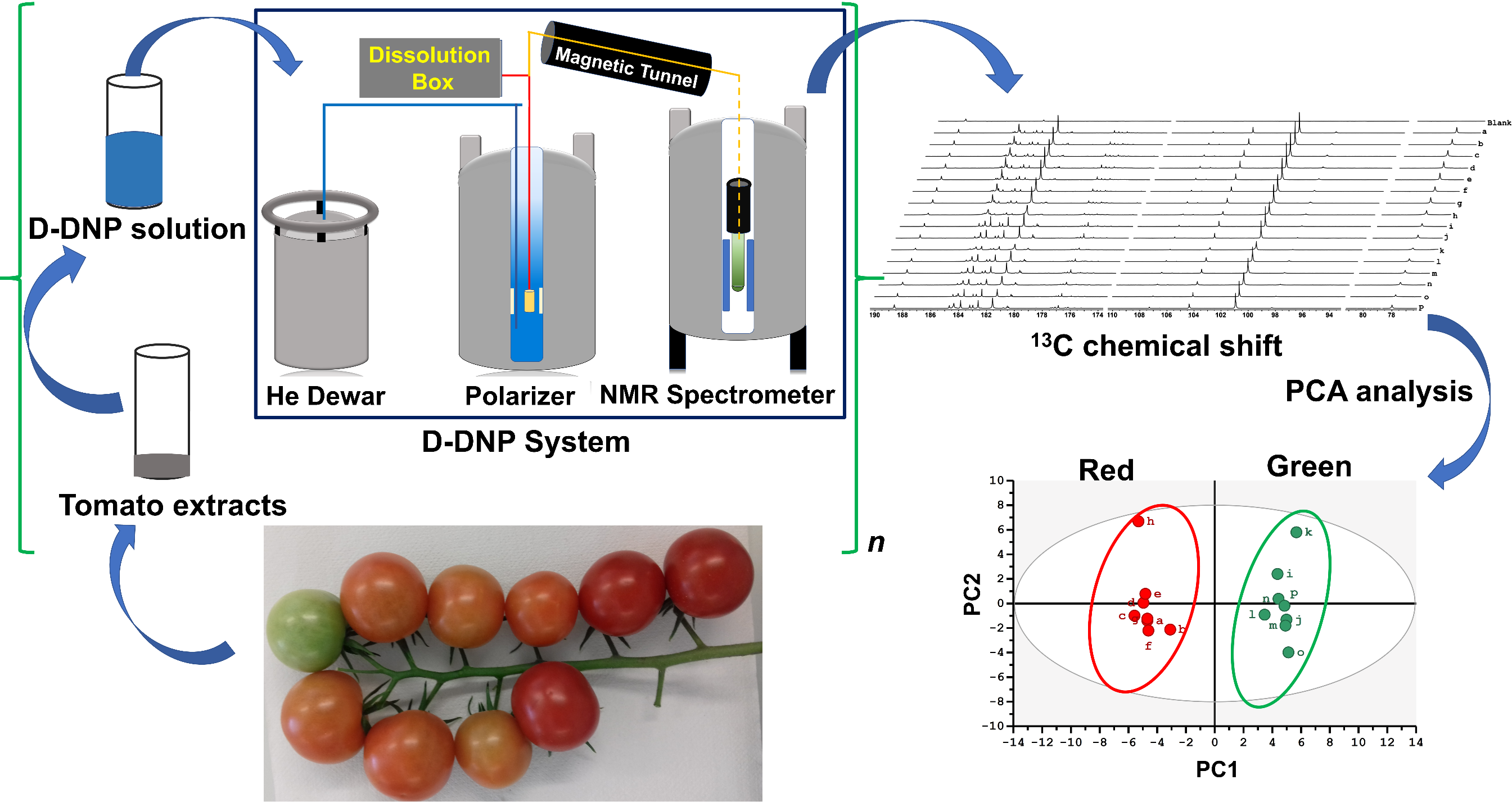Researchers from the MIMM team in the CEISAM lab have developed a new analytical method for metabolomics, a discipline that studies small molecules present in biological samples. This new, highly sensitive approach is based on the coupling of carbon-13 NMR to dynamic nuclear polarization. It is the first time that this technique is used for carbon-13 NMR metabolomics at natural abundance. This result, obtained in collaboration with Bruker Biospin and with researchers from Bordeaux, Lyon and Vienne, forms the first major advance of the ERC SUMMIT project led by Patrick Giraudeau and initiated in 2019.
Metabolomics plays a pivotal role in systems biology, and NMR is a central tool with high precision and exceptional resolution of chemical information. Most NMR metabolomic studies are based on 1H 1D spectroscopy, severely limited by peak overlap.
13C NMR benefits from a larger signal dispersion but is barely used in metabolomics due to ca. 6000-fold lower sensitivity. This introduces a new approach, based on hyperpolarized 13C NMR at natural abundance, that circumvents this limitation. A new untargeted NMR-based metabolomic workflow based on dissolution dynamic nuclear polarization (d-DNP) for the first time enabled hyperpolarized natural abundance 13C metabolomics.
Statistical analysis of resulting hyperpolarized 13C data distinguishes two groups of plant (tomato) extracts and highlights biomarkers, in full agreement with previous results on the same biological model. Parameters of the semiautomated d-DNP system suitable are also optimized for high-throughput studies.
View full publication on ACS: Voir la publication sur ACS : https://pubs.acs.org/doi/10.1021/acs.analchem.0c03510

